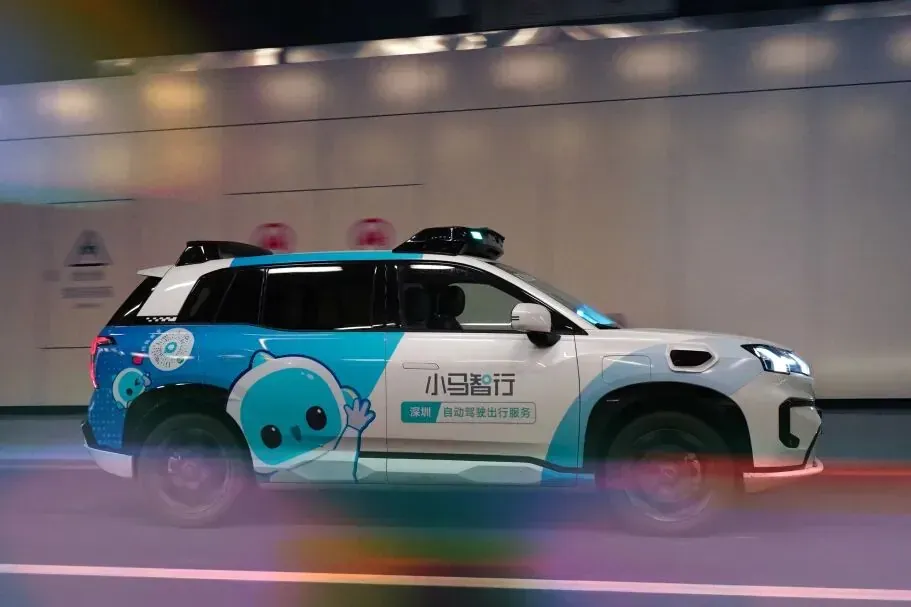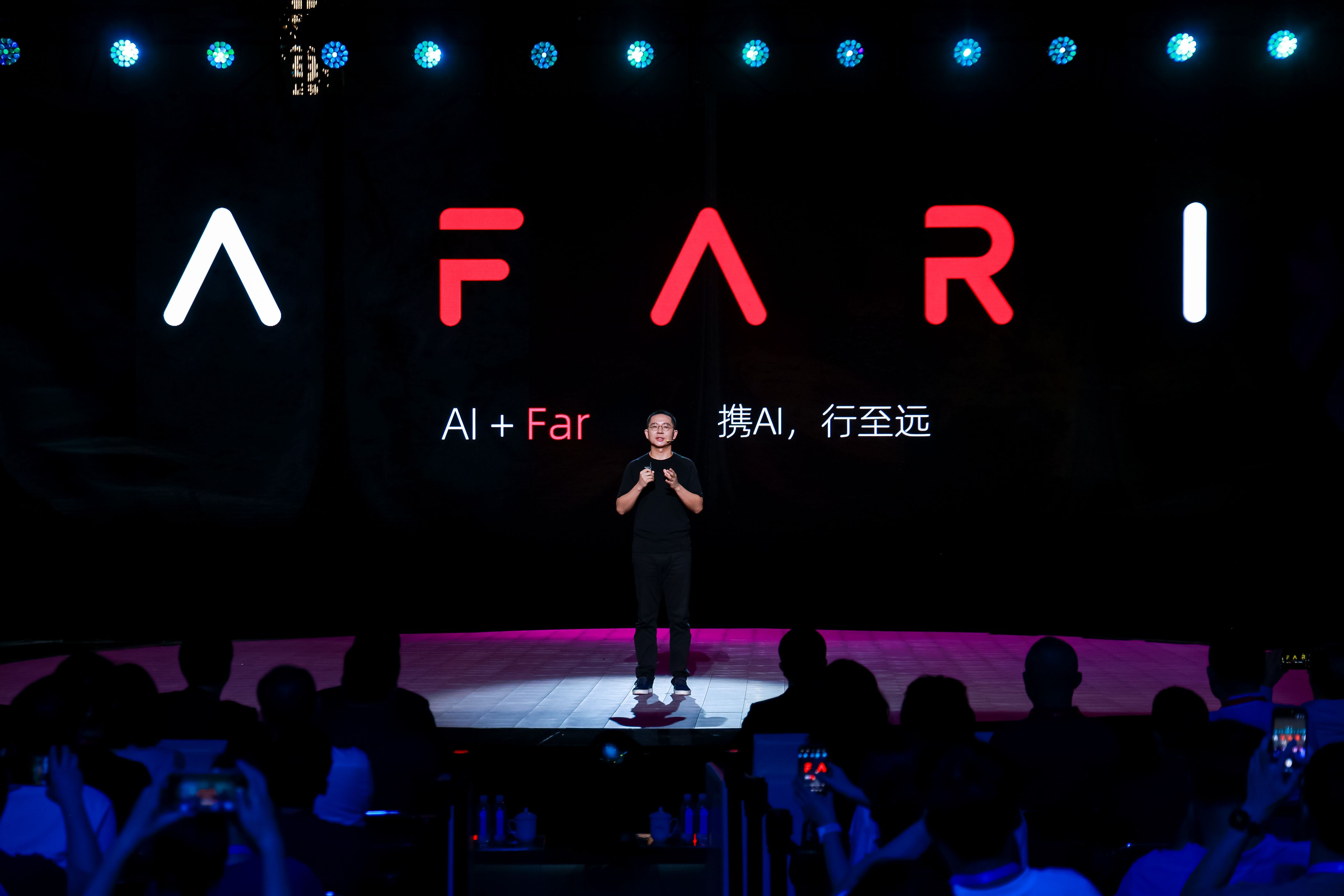
Pony.ai Launches 7th-Gen Robotaxi into Commercial Operation
Want to read in a language you're more familiar with?
Pony.ai’s 7th-gen robotaxi enters service in Guangzhou & Shenzhen, with automotive-grade hardware and a plan to scale to ~1,000 cars by end-2025.
On Nov. 5, 2025, Autonomous-driving company Pony.ai said its seventh-generation robotaxi is now in regular operation in Guangzhou and Shenzhen, following an April global debut and June road testing. The new fleet—based on the Arcfox Alpha T5 and Aion “Bawanglong” platforms—uses 100% automotive-grade components, carries a 600,000-km design life, and cuts the autonomous-stack hardware cost by about 70% versus the prior generation. Pony.ai describes it as the first L4 all-scenario robotaxi built on an automotive-grade SoC.
The 7th-gen vehicle package integrates 34 sensors across six types, including 9 lidars, 14 cameras and 4 millimeter-wave radars, providing 360° coverage and detection out to 650 meters for complex urban conditions. A multi-layer safety architecture adds 20+ redundant systems and 1,000+ monitoring checks, plus an SOS physical button that triggers remote assistance in emergencies.

Onboard software combines a self-developed world model with a “virtual driver” planner to smooth acceleration and braking in mixed traffic—aimed at reducing motion sickness common in EV ride-hailing. Rider-facing features include Bluetooth-based auto-unlock on approach, a customizable front LED welcome display, pre-trip climate control from the app, voice start (“begin trip”) once seated, and a refreshed cabin UI for live route view, media, and HVAC controls; full voice interaction is planned.
Pony.ai said today’s launch lays the groundwork to scale the fleet to roughly 1,000 vehicles by late 2025, expanding fully driverless, paid robotaxi service across key districts in the two Tier-1 cities.





